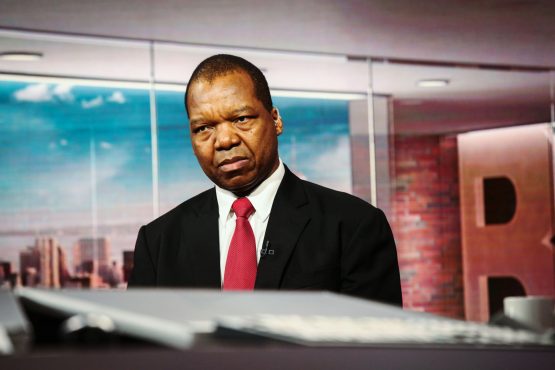Zimbabwe cuts world’s highest interest rate as inflation eases

Zimbabwe’s central bank cut its benchmark interest rate for the first time since becoming the world’s most aggressive monetary authority in June on expectations that a downward trend in inflation will continue.
The monetary policy committee lowered the rate to 150% from 200%, Reserve Bank of Zimbabwe Governor John Mangudya said in a statement Thursday, making it the second central bank on the continent after Angola to lower borrowing costs this year.
“The moderation in interest rates is important and necessitated by the downward trend in the month-on-month inflation since the last quarter of 2022,” he said. “The bank expects the downward trend in inflation to continue into 2023.”
Monthly inflation slowed from 12.4% in August to 1.1% in January and has been below the 3% target since November. Annual price growth slowed for a fifth straight month in January to 230%.
Drastic measures since June, including raising interest rates to a record, selling gold coins and easing controls over the foreign-exchange market to deal with a widening gap between the official and unofficial rate, have helped contain surging inflation and initially stabilised the nation’s tumbling currency.
The Zimbabwean dollar has depreciated 15% against the US currency this year to trade at Z$801 on the official market. That compares with Z$1,000 on the black market.
To halt its slide and prevent it seeping into inflation, the central bank will “focus on smoothening exchange-rate shocks through regular foreign currency sales to banks from the surrender portion of foreign-exchange receipts,” the governor said.
Blended Inflation
The monetary authority will allow exporters to retain 75% of their foreign-currency earnings, compared with 60% previously, he said.
“The increased retention will ameliorate against the increased demand for payments in US dollars by various service providers in the economy such as power utility Zesa which not only increased their tariff in October last year but now requires the bulk of payment in US dollars,” Collins Chibafa, president of the Chamber of Mines of Zimbabwe, said in an interview.
The MPC will adopt a so-called blended consumer price index as the inflation benchmark to take account of the growing use of US dollars in the economy, Mangudya said.
“The blended inflation is the most appropriate inflation for the Zimbabwean economy in view of the increased use of foreign currency in domestic transactions within the economy and the high levels of foreign-exchange deposits and loans in the banking sector of around 65%,” he said.
Annual blended inflation was 102% in January and 0.7% month-on-month.

